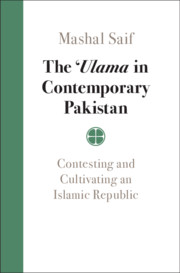This article evaluates reparation by the state after four of the worst episodes of violence against religious minorities in independent India. Examining official records obtained through India’s law on the right to information, I analyze government aid to victims after identity-based massacres over a 20-year period. I argue that there is a well-established repertoire of assistive measures after sectarian violence but, despite the resources available within a politically stable state, aid for victims of mass violence in India is unimaginative and meagre. I argue further that the political opportunity structure for reparations is limited by the fact that sectarian mobilization is embedded within electoral politics in India. Just as sectarian politics led governments to tolerate mass violence, it constricts the checks and balances that might lead to adequate reparation after violence subsides. I then suggest that opportunities to negotiate better reparation for victims expand over time, and propose that a law on reparation would constrain state bias and strengthen opportunities for victims to demand the support that they need.


